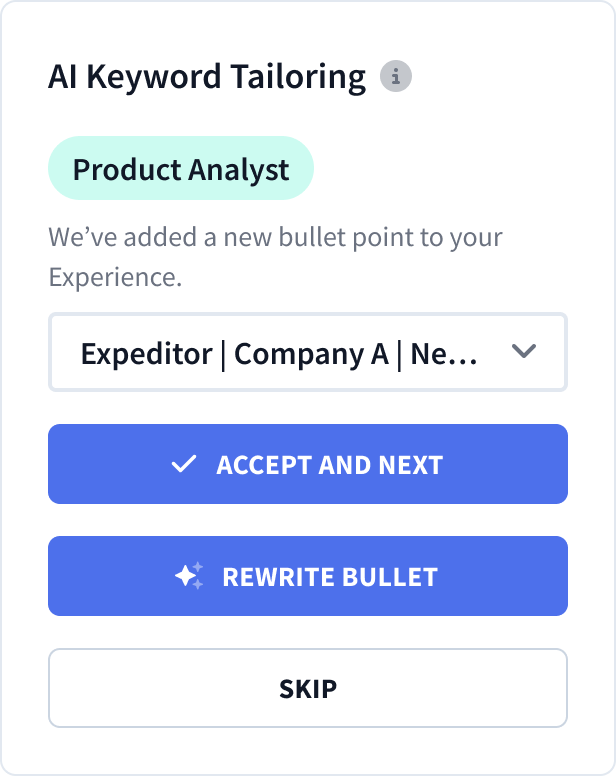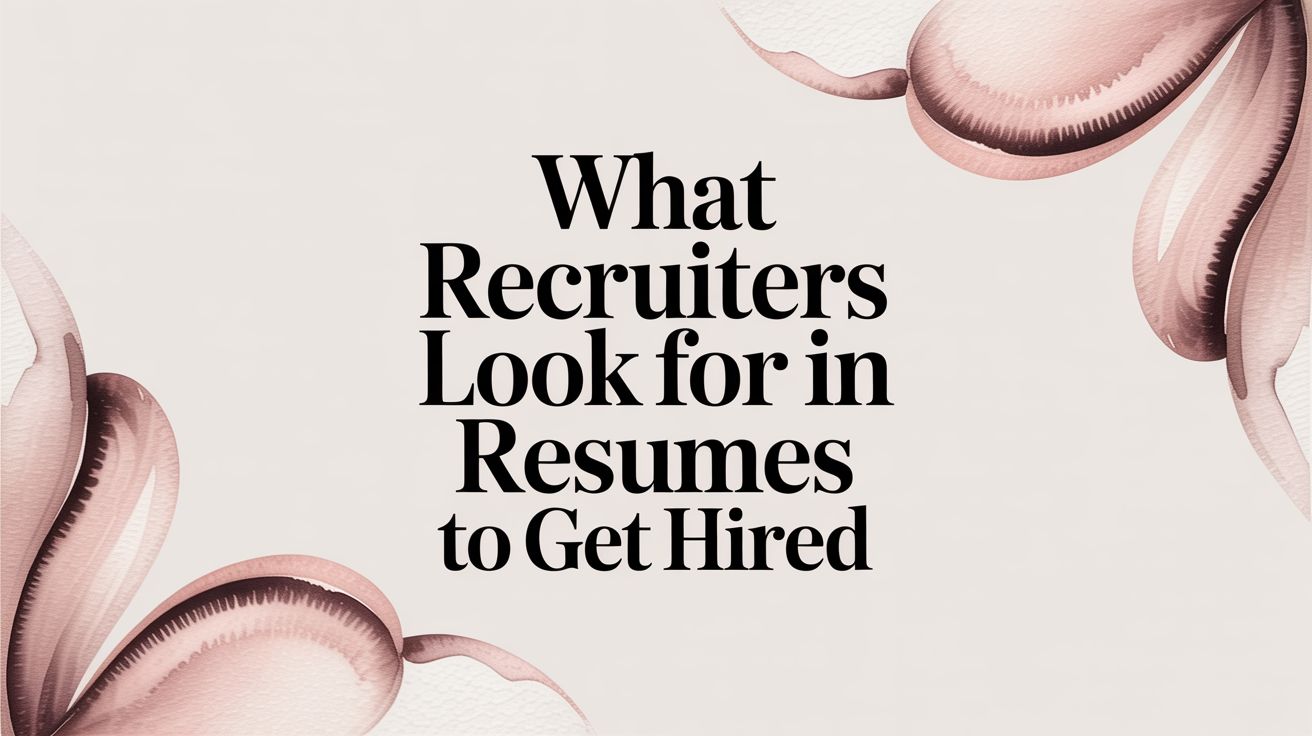5 Essential Resume Tips to Boost Your Interviews
One of the biggest challenges with resume tips from the internet is their subjectivity. What works for one individual might not work for another. However, there are certain foundational principles that are essential whether one is creating a resume for their first job or refining an existing one. Here, we present five key learnings along with practical tips to help applicants stand out.
1. Include a LinkedIn Profile
Resumes that feature a LinkedIn profile tend to have higher interview rates. Despite this, only 48% of resumes included a LinkedIn profile. However, a basic or incomplete LinkedIn profile can reduce the chances of getting a callback. Key elements of a comprehensive LinkedIn profile include:
- A professional headshot and banner.
- Detailed work experience.
- Meaningful connections.
For entry-level job seekers, having a strong LinkedIn profile is even more crucial compared to their higher-level peers.
2. Use Relevant Keywords and Skills
Applicant tracking systems (ATS) scan for specific keywords and skills to filter candidates. The average job description includes 43 keywords, but most resumes only match 51% of these. To overcome this, candidates should:
- Use online word cloud tools to identify frequently appearing keywords from job descriptions.
- Ensure a balance of hard and soft skills. Candidates' resumes generally included 60% of necessary hard skills but only 28% of necessary soft skills.
Referring to resources like Udemy's Workplace Trends Report or CNBC's summary can help identify in-demand soft skills to include.
3. Highlight Measurable Metrics
Only 26% of resumes included five or more measurable metrics, while 36% didn't include any. Companies prefer resumes with metrics because they make value easier to understand and quantify. A popular formula for bullet points is:
Accomplished X as measured by Y by doing Z.
For instance, a content marketing manager might write: "Drove 2,500 organic signups to our monthly newsletter by AB testing content layout and collaborating with co-marketing partners, representing a 43% quarter-on-quarter increase."
4. Optimize Resume Length
Research indicates that the ideal resume length is between 475 and 600 words. Resumes within this range saw double the interview rates compared to those outside it. Key points include:
- Avoid keyword stuffing.
- Use word count tools to ensure the resume falls within the recommended range.
Exceptions exist for certain roles, like academic or C-level positions, which may require longer resumes.
5. Avoid Buzzwords and Cliches
Buzzwords and cliches are common in 51% of resumes but detract from their value. Phrases like "detail-oriented" and "team player" are overused and fail to convey unique value. Candidates should:
- Focus on selling their experience rather than summarizing it.
- Google and remove common resume cliches and buzzwords for an instant upgrade.
By adhering to these non-negotiable aspects, applicants can lay a solid groundwork for further enhancements to their resumes. Avoiding common mistakes and focusing on these data-backed principles can significantly improve one's chances of standing out in the job market.
Conclusion
Creating an effective resume involves more than just listing your experiences and skills. By incorporating these five key learnings—enhancing your LinkedIn profile, using relevant keywords, highlighting measurable metrics, optimizing resume length, and avoiding buzzwords—you can significantly improve your chances of landing an interview. Remember, your resume is your first impression, so make it count.
If you're ready to elevate your resume to the next level, consider using Rezi's best resume templates. Designed with ATS compatibility and modern job market trends in mind, Rezi can help you craft a resume that stands out. Visit Resumatic today to get started!



